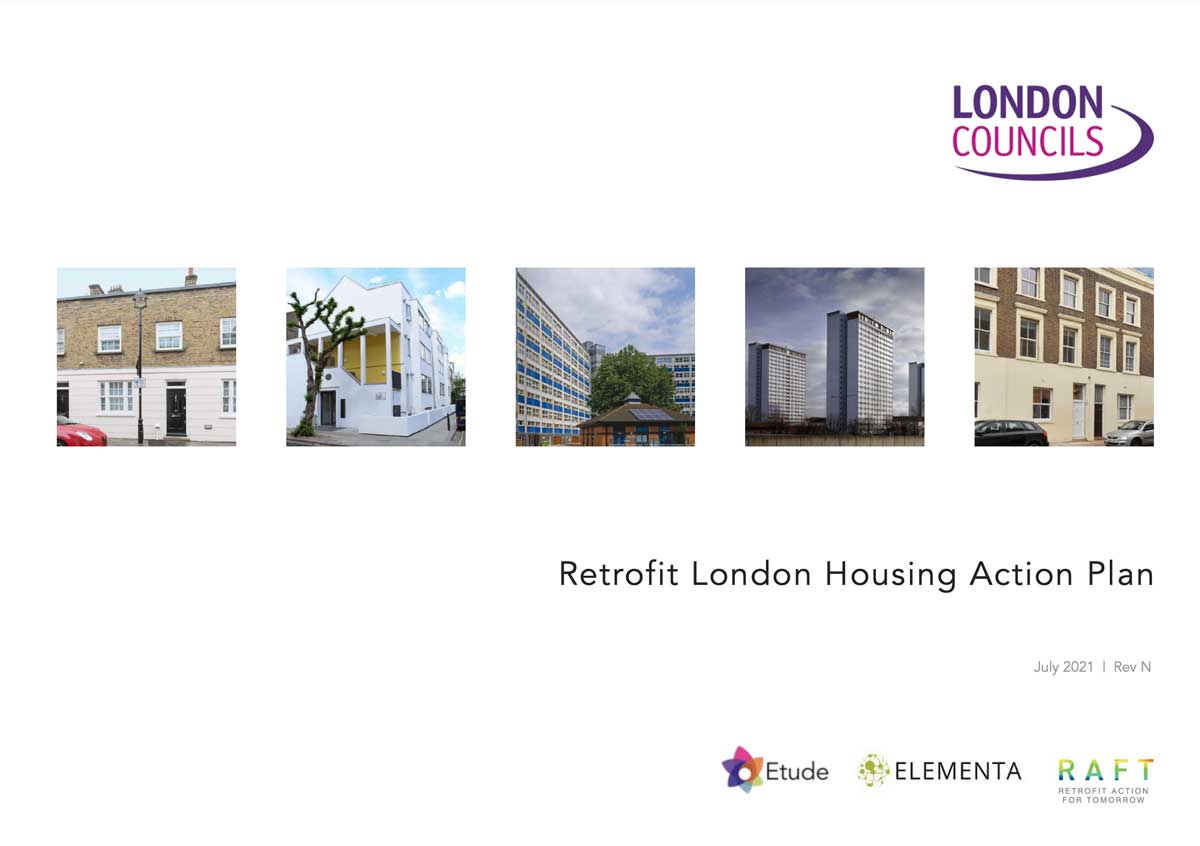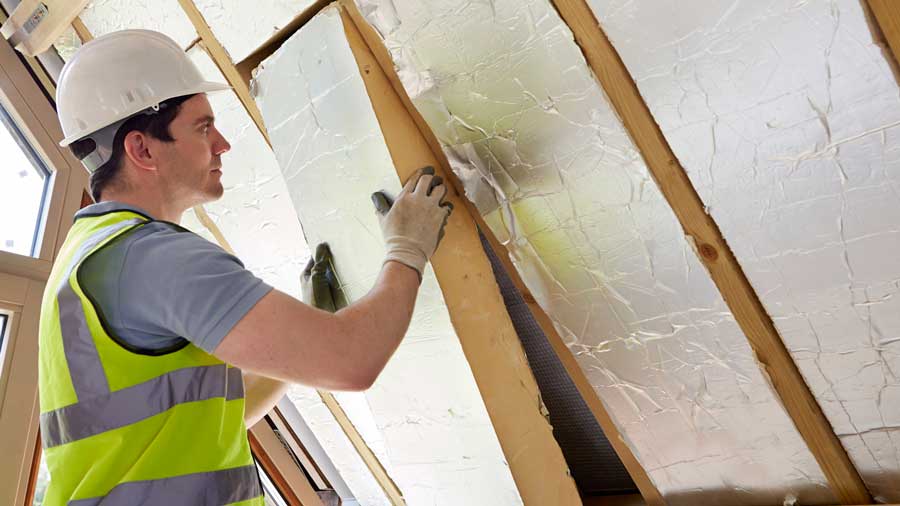Countdown to 2050
The Retrofit London programme has a key role to play in leading the UK’s towns and cities towards a zero-carbon future

STRATEGY
Image: Istock

Adam Broadway
Associate Consultant, Campbell Tickell
Climate change is the most important challenge of our lifetime. The UK was one of the first countries in the world to set a target of net zero-carbon by 2050. This is only 27 years away and at present we are not on course, globally, to limit the global temperature increase to the recommended 1.5°C.
London Councils (as part of the London Climate Change Partnership) have adopted their own climate change strategies. One project, as part of the capital’s aim to achieve carbon emission reductions, is the Retrofit London programme established in 2020. In July 2021 the Retrofit London Action Plan was published, which aims to deliver a retrofit programme across all – yes all – of London’s housing stock. That is some 3.7 million homes, housing some 9 million people.
Cutting the capital’s carbon
The Retrofit London Action Plan is a fascinating piece of work. Led by Enfield and Waltham Forest councils and involving consultants Party Projects, Elementa and Etude, it sets out what needs to be done. The aim is to bring the average Energy Performance Certificate (EPC) of all the London housing stock to an average of EPC level B.

In December 2021, Campbell Tickell was commissioned by London Councils to translate the ‘what’ into the ‘how’ by creating the Retrofit London Implementation Plan. No mean feat! While the plan consists of a series of interconnected tasks with start dates and timescales, our main findings fall neatly into seven key actions.
These are:
- Data
- Market making
- Governance
- Developing the delivery vehicle
- Technical solutions
- Funding
- Communications
Given the scale of the challenge, there are two priority tasks. These two tasks create a platform from which further successes can be secured.
First, creating a governance structure – including setting up a delivery vehicle.
Second, collating and analysing the data.
EPC data challenge
In a world driven by information, analytics and algorithms, it is surprising what we still don’t know. While many councils and housing associations have this information to hand, we simply do not have sufficient information on the 2.85 million homes in private ownership. Gathering the EPC data for these homes will require a co-ordinated project involving councils, housing providers, private landlords and the private sector – but it is critical.
Other information, such as current energy systems and use (or not) of renewable systems, also needs to be gathered. The Retrofit London project provides an ideal opportunity for us to know our stock and from this base, set out the most appropriate retrofit plans.
Construction workforce solution
All of this leads to another key benefit. We all know that the past few years have presented significant new challenges to the construction industry. Reports confirm that, due to Brexit and the pandemic, many of the existing construction labour force have left the industry. Many have retired, returned to Europe or gone bust. We have a labour crisis.
But the retrofit programme offers new opportunities. To deliver the programme, we need trained, skilled labour. We need accredited people and firms that can deliver and be trusted. We need to create new supply chains. Links to training providers, skills academies and accreditors will be of key importance.
Whole house retrofit
However, these programmes of work should not be implemented in isolation. While insulating our homes is a no-brainer, the opportunity to retrofit should be undertaken on a whole home basis.
This message was endorsed by speakers on the Unlock Net Zero stage at this year’s Chartered Institute of Housing Conference in Manchester. By creating property archetypes, designing whole property work packages and tailoring funding to these packages, it is possible to maximise impact.
The Retrofit London programme offers a rare opportunity to organise a live retrofit expo. This can build on the number of excellent case studies that have/are being delivered across London by a range of parties.
“The scale of the challenge for London also describes the scale of the opportunities. The chance exists to boost local economies while improving quality of life and cost-in-use for the capital’s residents.”
Spending to save
We are not naïve and do not underestimate the cost of the programme, which is around £49 billion to achieve average EPC B by 2030, and £96 billion to achieve net zero-carbon by 2050. Connecting and working with a range of funders is vital. Imaginative new funding models are needed using both government grants and private finance.
We are in an energy crisis, and it will get worse. While significantly ambitious, the Retrofit London programme forms a key initiative in the wider picture of creating and maintaining sustainable places. Along with a whole plethora of other initiatives, Retrofit London proves that we can meet the challenge of reducing our carbon emissions and keeping us below the internationally agreed target of a 1.5°C rise.
The scale of the challenge for London also describes the scale of the opportunities. The chance exists to boost local economies while improving quality of life and cost-in-use for the capital’s residents.
Additionally Retrofit London can show other towns and cities what is possible. The result will be a healthier, more pleasant, and greener place to live.


